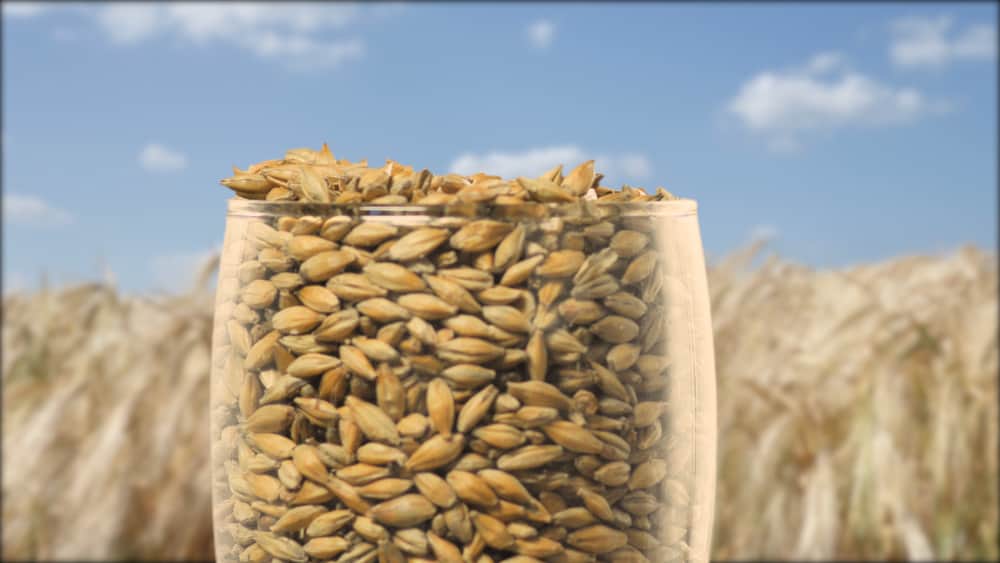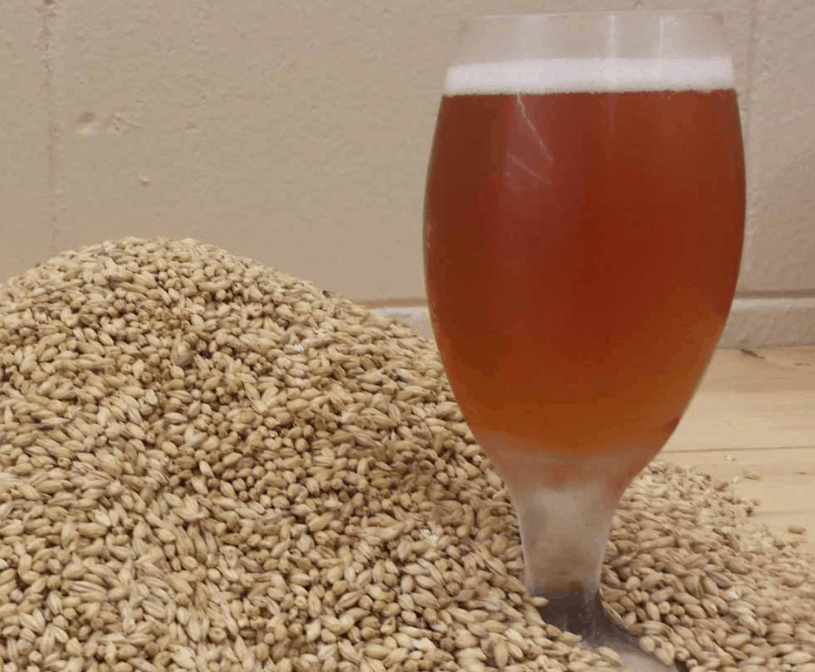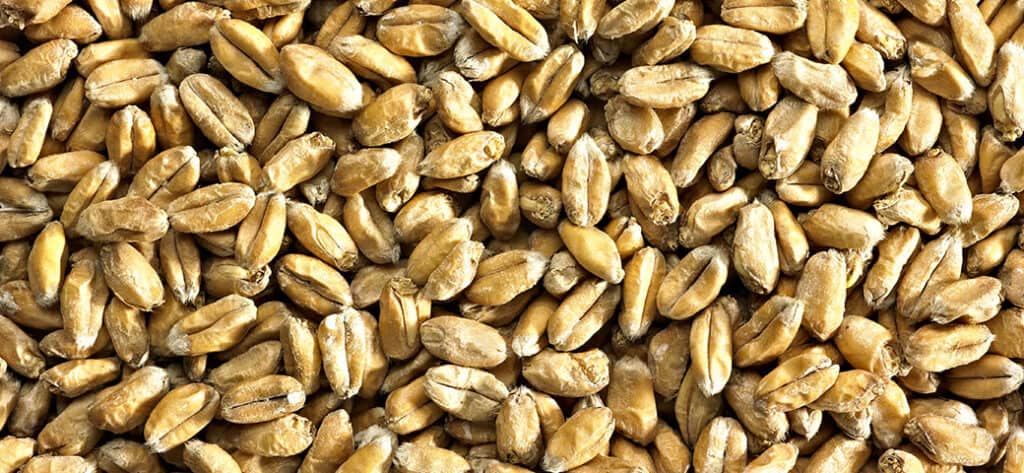- Rye Malt Guide – How to Use This Malt for Distinctive Homebrews - November 24, 2022
- Aromatic Malt Guide – Why I Use This Malt in My Homebrew Recipes - November 19, 2022
- Willamette Hops Guide – Why I’m a Fan of This Classic American Hop - November 9, 2022
Darker German beers are among the most popular drinks in the world, and our Munich Malt guide is going to show you how you can start using this excellent malt for your homebrews.
If you want to start creating richer and deeper beers and ales, Munich Malts are an ideal choice as they offer a complex and vibrant flavor profile. They also work great when balanced with lighter malts and can be used for ales and IPAs.
We will look at the history of Munich Malts, what they taste like, how you can brew with Munich Malts, and we’ll explore different malts and hops that you can combine to create fantastic beers and ales.
What is Munich Malt?

Compared to many varieties of hops, Munich Malt has a much longer history.
It was first created primarily as a coloring and aroma hop back in the 1830s by the Spaten Brewery in Munich. The first beer brewed with Munich Malt was called Märzen, and it was used at the much famed Oktoberfest.
Beers made from Munich Malts have a darker complexion than many other types of lager; however, they aren’t as dark as Dunkel, which is one of the darker beer types you can find. Munich Malts can make many different types of beer ranging from lighter colored at 12 EBC right through to darker shades at around 30 EBC.
Flavor Profile
Munich malts offer a complex flavor when added to the brewing process.
Some flavors that come from using Munich Malts include a deep, rich, and grainy taste. There is almost a kind of toasty aroma to beers made with Munich Malts, and there can be a sweet aftertaste too, although you are more likely to experience the sweetness of Vienna malts (rather than a pale malt) which is quite similar in profile.
One beer that uses Munich Malts to great effect is Zeitgeist from Brewdog, and this has a very authentic Munich flavor to it. Dunkelweizen and Weizenbock are two other beers that utilize Munich Malts and provide a deep and rich flavor.
Munich Malts – Ingredients

Like all types of malts, the better the ingredients, the better the beer quality you can produce.
Munich Malts contain far lower enzyme levels than similar base malts such as Vienna Malts because heat increases significantly during the malting process. A typical recipe for Munich malts contains:
- Pale ale malts
- Malted wheat or corn
- Gypsum
- Ale yeast
- Priming sugar
- Hop pellets
These are the typical ingredients you will find in Munich Malts, although there are many different recipes. The beauty of homebrewing is that you can combine other ingredients to create drastically different outcomes.
How to brew beer with Munich Malts
Munich malts are a trendy ingredient to brew European and slightly darker beers with. So let’s have a look at how you brew with this type of malts.
Growing Munich Malts
While Munich Malts are easy to buy, growing your own barley and making malts with this is incredibly satisfying for any homebrewer. It isn’t even that difficult either. For sure, it will take more time and patience, but the rewards are very satisfying.
Before you even get to the malting stage, you need to grow the barley. Growing barley can be done in any garden, and a 10 by the 10-foot bed is an ideal starting point. There are many resources online that take you through the process; however, some fundamentals are that barley requires a very fine seedbed, loamy soil alongside a healthy dose of regular sunlight. The earth should also have a pH of 6.0 or higher, and you should be regularly checking for weeds, incests, and diseases as they can ruin your crop in no time.
One final note is that barley doesn’t need much water, and you probably won’t need to water it at all unless the weather is very arid.
Barley should take around 90-days before you can harvest it, and before you can use it as a Munich Malt, it should be roast dried at 50° F for 20-25 minutes.
When to add Munich Malts

Munich Malts aren’t usually used as a base malt. This is because it has low diastatic power (Vienna Malts, with their enzymatic power, are better suited for this purpose).
Munich Malts are usually added to other ingredients for beer to add flavor, color, and aroma. For lighter colored beer, you should aim to add 10-30%, 5–15% for amber beers, 3–7% for pale beers, and as little as 2-5% can be added for low gravity beers.
Complimentary Malt Varieties
Munich Malts can be used alongside various types of hops to create some great-tasting lagers and ales.
For example, Simcoe Hops are popular when used alongside Munich Malts, as the earthy, fruity, and somewhat citrus flavor compliments Munich’s darker and richer complexion very well. Amarillo hops are another variety that works well with Munich Malts if you want a slightly more intense citrus flavor to your homebrews.
You can also use Cascade hops as they taste pine, citrus, and floral with a more bitter finish which provides an outstanding balance between the more decadent Munich aroma.
Malt Analysis
| Color | 4-12 °L (10-30 °EBC) |
| Moisture content | 3-4.8% |
| Extract (DBFG) | 76-82% |
| Difference (FG/CG) | 1-2% |
| Total Protein | 10.5-12% |
| Total Soluble Nitrogen (TSN) | 4.4-5.2% |
| Kolbach Index | 38-45% |
| Screenings <2.2 mm | 0.65% |
| Friability | 80-90% |
Munich Malts – Alternatives
Munich Malts have a deep, rich, and distinct flavor; however, other malt varieties can work instead of Munich. We have also listed some malts that you can put into your homebrewing process to give your beers a slightly different flavor and aroma.
Vienna Malts

Vienna malts are the natural alternative to Munich Malts as they are pretty close in the flavor profile. Vienna malts have a very high diastatic power so that you can use Vienna as a base malt. The enzymes are quite high, too, as Vienna malts aren’t subjected to the same amount of heat. The taste is slightly different – Vienna Malts have more of a grainy flavor that isn’t as intense as Munich – but they are pretty similar, and Vienna Malts are an excellent alternative.
Pilsner Malts

Pilsner Malts can offer a different flavor to Munich, and it provides more of a sweeter and soft finish. Pilsner Malts can also be used as a base malt due to its enzymatic strength, and you will find it in a lot of Belgian beers alongside light lagers and ales.
Belgian Munich Malt

Belgian Munich Malt is a pale mate and another good alternative to standard Munich Malt, and it gives off rich flavors with a sweet and slightly toasty finish. You will still experience the full finish of a traditional Munich Malt; however, this is an excellent malt to use if you want to create some lighter and more refreshing beers and ales. Belgian Munich Malt is another low diastatic power malt, so it isn’t really suited as a base malt.
Wheat Malt

Wheat Malt is ideal for creating bitters, white IPAs, Scotch Ales, and wheat beers. This type of malt is often used to increase foam stability in lighter beers, and it gives off flavors of citrus alongside a slight bready taste. You usually only need to add 5-15% of Wheat Malt for Bitters and White IPAs, but this can increase to up to 50-70% in Wheat beers.
Helles Malt

Finally, we have Helles Malt, and Helles Lager is one of our favorite things to drink. If you have ever tasted it before, you will appreciate its sweet, light, and honey-Esque flavor with a subtle hint of bitterness. Helles Malt doesn’t contain much of a bite or a rich flavor, but that isn’t a bad thing, and it is ideally suited to lighter ales.
Frequently Asked Questions
Question: What does Munich Malts taste like?
Answer: Beers and ales made from Munich Malts have a deep, rich, and grainy taste. You will experience a toasty aroma to Munich Malts, and they are often used in darker-colored homebrews.
Question: Can I grow my own Munich Malts?
Answer: You can. Growing your own barley and going through the process of turning it into malt is a rewarding endeavor and brings a whole new dimension to homebrewing. It will take some time (the barley needs to grow for around 90-days), but the results can be brilliant.
Question: Can Munich malt be used as a base malt?
Answer: While you can use Munich Malts as a base malt, it does contain low diastatic power, so it isn’t usually used for this purpose. Rather, Vienna Malts are normally used for this purpose as they contain high enzymatic power.
Question: What types of beers use Munich Malts?
Answer: A lot of different beers and ales use Munich Malts, and it is a very versatile ingredient. Munich Malts can be combined with other ingredients to make darker ales and lagers, and it can also be used to make lighter pale ales, beers, and even IPAs.
Question: Is Munich a caramel malt?
Answer: Munich Malt isn’t a direct replacement for caramel malt as it offers a different flavor and taste. You won’t get the same sweetness with Munich Malt as your experience with caramel malt. Crystal malt is a roasted malt that would be much closer to a Caramel variety, and this British malt is often used for this purpose.
Question: Where can you buy Munich Malts?
Answer: If you don’t fancy growing, harvesting, and roasting barley to make malts, you can certainly buy Munich Malts that will save you a lot of trouble. We recommend getting Avangard Malz Premium Munich Malt if you want to make darker brews, as it has an EBC of 28-32, so it is ideal for dark bavarian-styled beers.
Final Thoughts
Munich Malts have a long history, and with the first beers being brewed back in the 1830s, it is unsurprising that beers are still being made with these malts nearly 200 years later. Offering a rich, grainy, toasty, and deep taste, Munich Malts are perfect for making darker beers and ales.
However, they are also very versatile and work well in lighter beers and even IPAs. While they can’t be used as a base malt, Munich Malts offer a lot for any homebrewer and will allow you to experience some amazing European homebrewed beers and ales.

